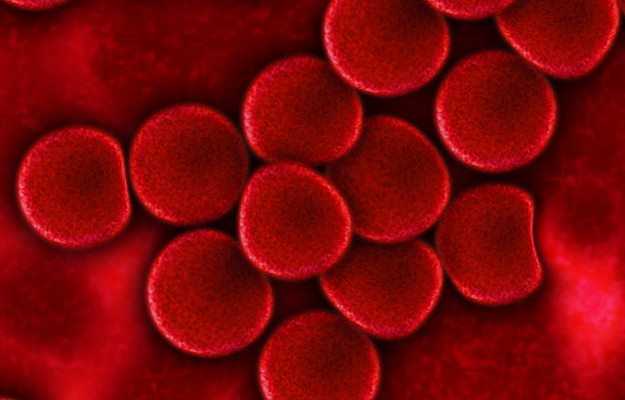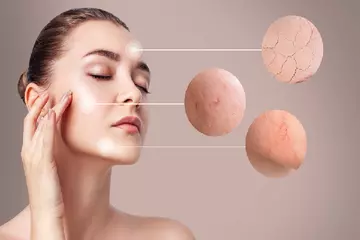What is mastocytosis?
The excessive accumulation of mast cells in the skin or internal organs such as the spleen, liver, or bone marrow is called mastocytosis. Mast cells are produced in the hollow centres of certain bones and are responsible for producing the immune response in a healthy individual in response to infections. However, in a person with a mast cell disorder, the mast cells activate inappropriately or multiply excessively and accumulate in the body, causing mastocytosis.
Mastocytosis is of two types:
- Cutaneous mastocytosis: In this type, the skin is affected. It is usually observed in children.
- Systemic mastocytosis: More than one organ is affected, and this type is typically observed in adults.
What are its main signs and symptoms?
Symptoms of mastocytosis vary depending on which organ is affected. Depending upon the type of mastocytosis, the following symptoms are observed:
- Cutaneous mastocytosis: Abnormal growths and sometimes blisters on the skin, which can spread throughout the body.
- Systemic mastocytosis: Some individuals may experience 15-30 minutes of severe symptoms such as:
- Fatigue and tiredness
- Gut symptoms like diarrhoea and vomiting
- Joint pain and muscle pain
- Skin reactions like itching and flushing
What are its main causes?
The causes of mastocytosis are not yet known, but gene mutations and genetic changes are found to play a role in its occurrence.
How is it diagnosed and treated?
Diagnosis of mastocytosis involves the following:
- Cutaneous mastocytosis: Physical examination of the skin is the first step in diagnosis. The dermatologist may rub the affected area to check for reddening, inflammation, and itchiness. A skin biopsy confirms the diagnosis.
- Systemic mastocytosis: It involves multiple tests for detection such as:
- Blood tests: To check the total blood count and tryptase levels in the blood
- Dual-energy X-ray absorptiometry (DEXA) scan: To measure bone density
- Ultrasound scan: To check for any physical changes like the enlargement of spleen and liver
- Bone marrow biopsy: To confirm the diagnosis
Even though no cure is available for this condition, optimum care can help to relieve the symptoms. The treatment depends upon the type of mastocytosis and severity of the condition.
- Cutaneous mastocytosis: Topical steroid cream and anti-allergics can relieve the symptoms of cutaneous mastocytosis.
- Systemic mastocytosis: Treating the associated blood disorder relieves the symptoms of systemic mastocytosis.
















